American Bulldog — powerful, loyal, and eager to work. This classic U.S. bulldog line is known as a watchful farm and family dog with plenty of heart, energy, and calm. For smooth day-to-day life, the American Bulldog benefits from clear rules, kind consistency, and meaningful daily activities.
Table of Contents
- Origin & History
- Appearance & Traits
- Temperament & Personality
- Family Life & Home
- Training & Engagement
- Health & Common Topics
- Grooming & Daily Care
- Nutrition & Weight
- Exercise & Mental Work
- Climate, Apartment & City Life
- Puppies & The First Months
- Getting One: Costs & Responsibility
- Who Is the American Bulldog Right For?
- Quick Facts
Origin & History
The American Bulldog descends from old English Bulldogs brought to the U.S. by settlers. In the American South it worked as an all-around farm dog—guarding property and family, moving livestock, and accompanying hunters. Two styles later emerged: the taller, sportier Standard/Scott type and the heavier, more muscular Bully/Johnson type. Responsible breeders today focus on health, functional structure, and a friendly temperament. As a result, the American Bulldog remains an active family and companion dog with real working drive.

Appearance & Traits
This breed is muscular and well balanced with a broad chest and solid bone. The head is pronounced; the muzzle is shorter but not extreme, and with good breeding breathing remains free. The coat is short, dense, and easy to maintain. Common colors include white with patches, brindle, and shades of brown to red. Eyes are bright and attentive, and the tail is carried naturally. Overall, the American Bulldog is an athlete—more sport partner than couch potato.
Temperament & Personality
American Bulldogs are people-oriented, loyal, and quick to learn. Many have a playful, clownish side while staying surprisingly composed in new situations. Early impulse control and steady routines help channel strength into calm behavior. They can be reserved with strangers but seek closeness and cuddle time with their family.

Family Life & Home
Daily life works best with connection, clear rules, and a predictable rhythm. A defined resting spot builds security. House rules give structure, and purposeful activity keeps the American Bulldog balanced. With considerate kids the match is good as long as everyone respects body boundaries. Dog-to-dog meetings go well with management and confident handling. A consistent day plan also helps in the city—more ideas in Life with a Dog in the City.
Training & Engagement
This breed blends brawn and brains, so friendly, consistent training shines. Keep sessions short and clear with high-value rewards. Build solid basic cues, a reliable recall, and loose-leash walking. Channel prey and chase into legal jobs such as retrieving, scent games, and target work. Pressure creates pushback—calm voice, clear signals, and good timing win.
- Keep rules consistent every day.
- Use rewards thoughtfully and build frustration tolerance with brief waiting turns.
- Arrange controlled play with suitable dogs to reinforce polite manners.
Health & Common Topics
Well-bred American Bulldogs are sturdy, but a few points deserve attention:
- Hip and elbow dysplasia: protect growing joints and keep weight moderate.
- Knee/orthopedic strain: increase jumping gradually and prefer non-slip floors.
- Eye issues such as entropion, ectropion, or cherry eye: have changes checked early.
- Skin and allergies: routinely check skin, paws, and ears.
- Oral hygiene: regular brushing lowers tartar risk; tips in Brushing a Dog’s Teeth.
Before you buy, review local breed-specific rules and ownership requirements; regulations vary by state and municipality.
Grooming & Daily Care
The coat is low-maintenance. A weekly brush usually does the job. After walks, remove debris and dry off after rain. Clean ears gently and keep them dry, trim nails as needed, and maintain dental care. For cold seasons, see Winter Coat-Care Tips. A supportive orthopedic bed helps shoulders and hips.

Nutrition & Weight
Choose food with quality protein and appropriate calories. Weigh daily portions and count treats. Transition diets gradually. Omega-3s support skin, coat, and joints. Keep a lean outline: ribs should be easy to feel but not sharply visible.
Exercise & Mental Work
American Bulldogs need daily movement and jobs. Miles alone aren’t enough—the content matters.
- Plan two to three active sessions per day with orientation, brain work, and free sniff time.
- Use retrieving, scent work, and target games; short bursts keep focus calm and steady.
- In wildlife-heavy areas, back up your recall with a long line.
Climate, Apartment & City Life
City living works when you dose stimuli wisely. Tight sidewalks and crosswalks are great for mini-drills like eye contact and hand targets. Elevators, trains, and cafés are easier with a mat as a mobile settle spot—step-by-step guidance in Life with a Dog in the City.
Puppies & The First Months
Introduce calm, handling, and city sights early—and in small amounts. Alternate short, positive sessions with plenty of rest. Helpful guides: Puppy Training: The First Weeks and First Walks with Your Puppy. Build leash skills in tiny steps and pair recall with top-tier rewards to raise a polite, confident companion.

Getting One: Costs & Responsibility
Plan realistically. You’ll need time for training and activity, plus budget for food, collars, leashes, insurance, veterinary care, and possibly a trainer. Choose a responsible source and review health tests. Use our Puppy-Buying Checklist for orientation, and check regional rules early.
Who Is the American Bulldog Right For?
- Active people who enjoy training and setting clear structures
- Homes that can guide both strength and smarts fairly
- Families with considerate kids and steady routines
- First-time owners who have good guidance and realistic time plans
This breed is not the best choice if you only have time for very short walks or prefer not to provide consistent leadership.

Quick Facts
| Origin | USA, from old English Bulldog lines |
| Size | About 20.5–26.8 in (varies by type/sex) |
| Weight | ~60–120 lb, athletic to heavyset |
| Life expectancy | ~10–12 years |
| Coat | Short, dense, easy-care |
| Colors | White with patches, brindle, browns/reds and more |
| Temperament | Loyal, people-focused, watchful, eager to learn |
| Exercise | High—daily jobs and structure |
| Grooming | Low—brushing plus ear and dental care |
| Good for first-time owners? | Potentially, with solid guidance and time |
| Notable | Powerful build; proactive meeting management helps |
| Price | Typically varies by breeder and region |


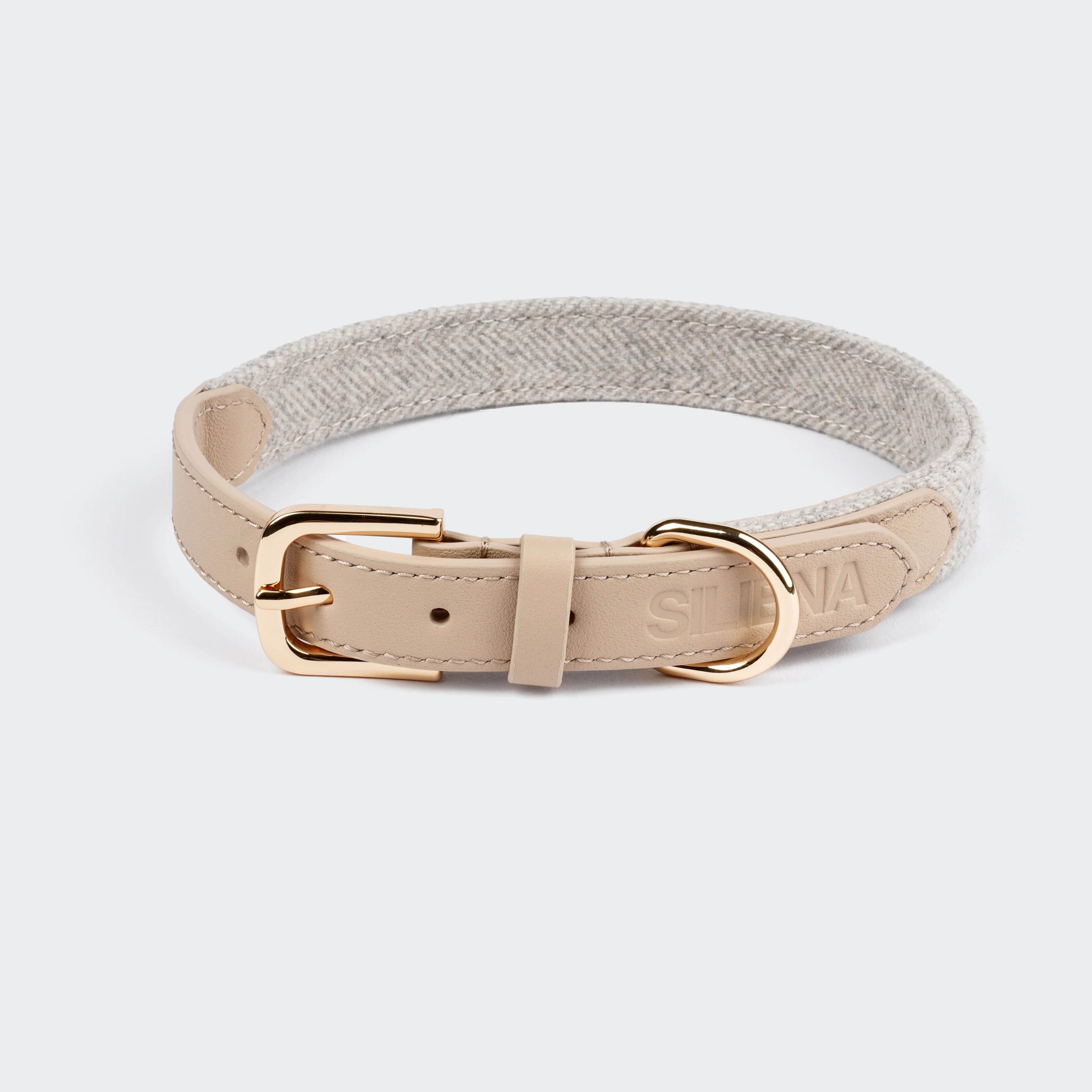
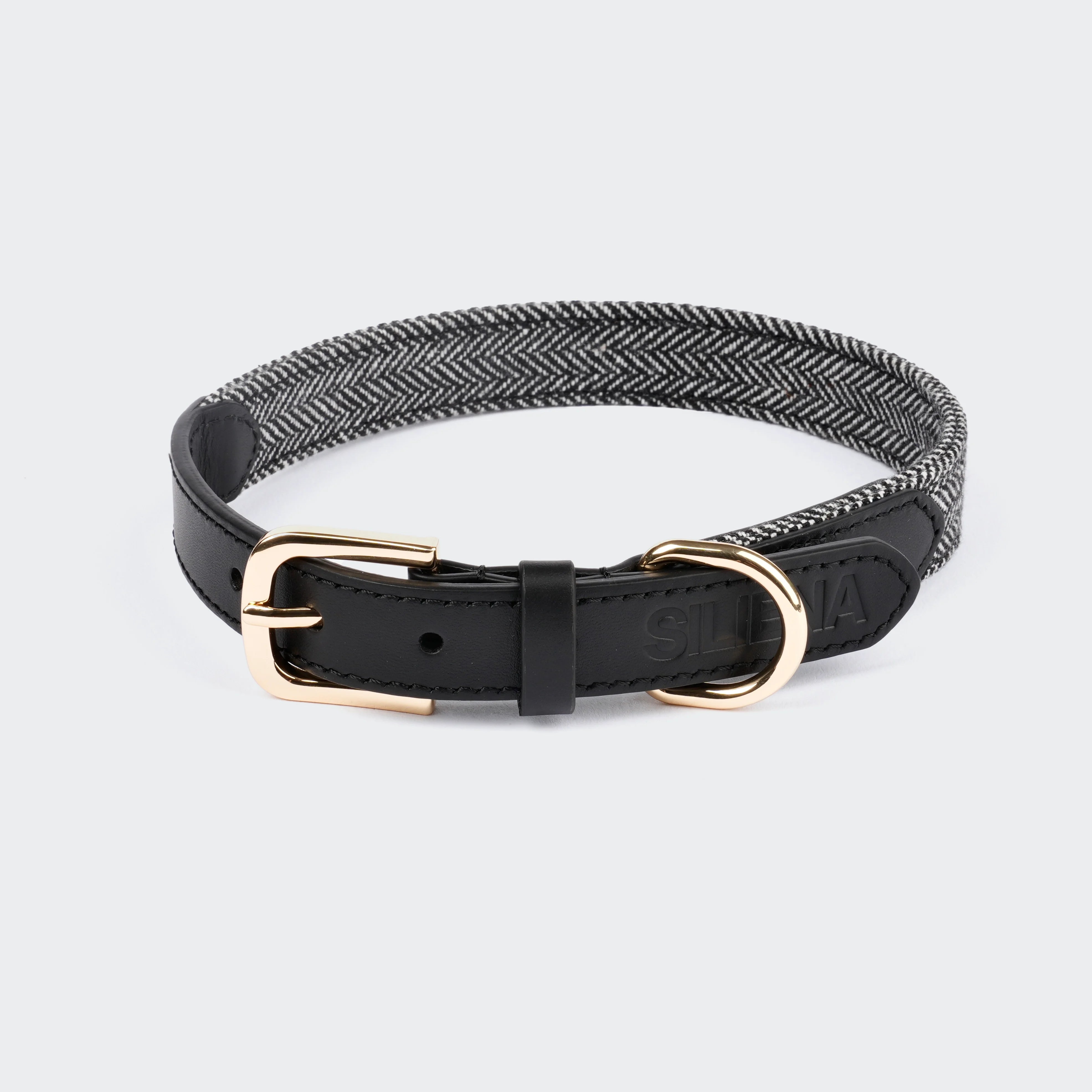
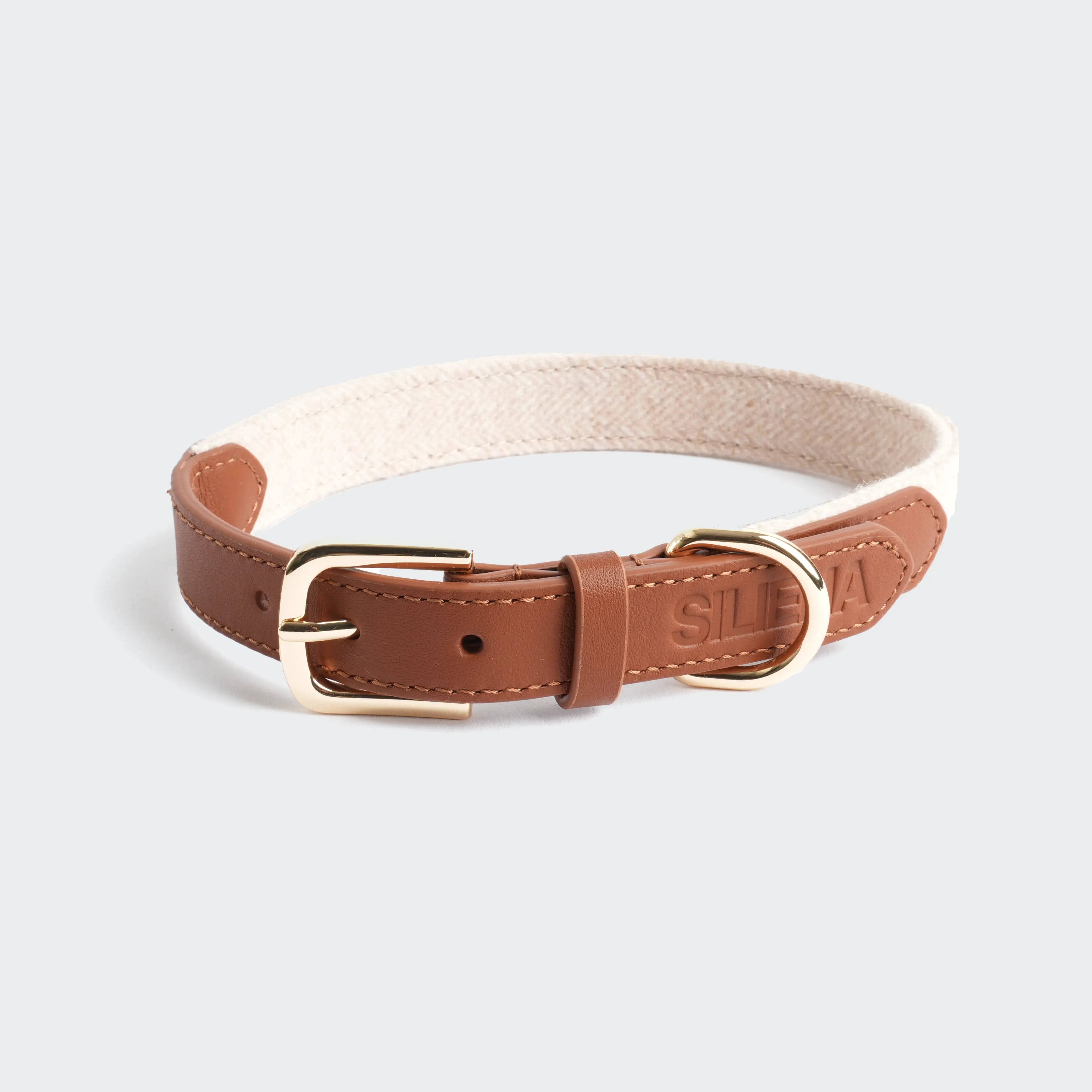
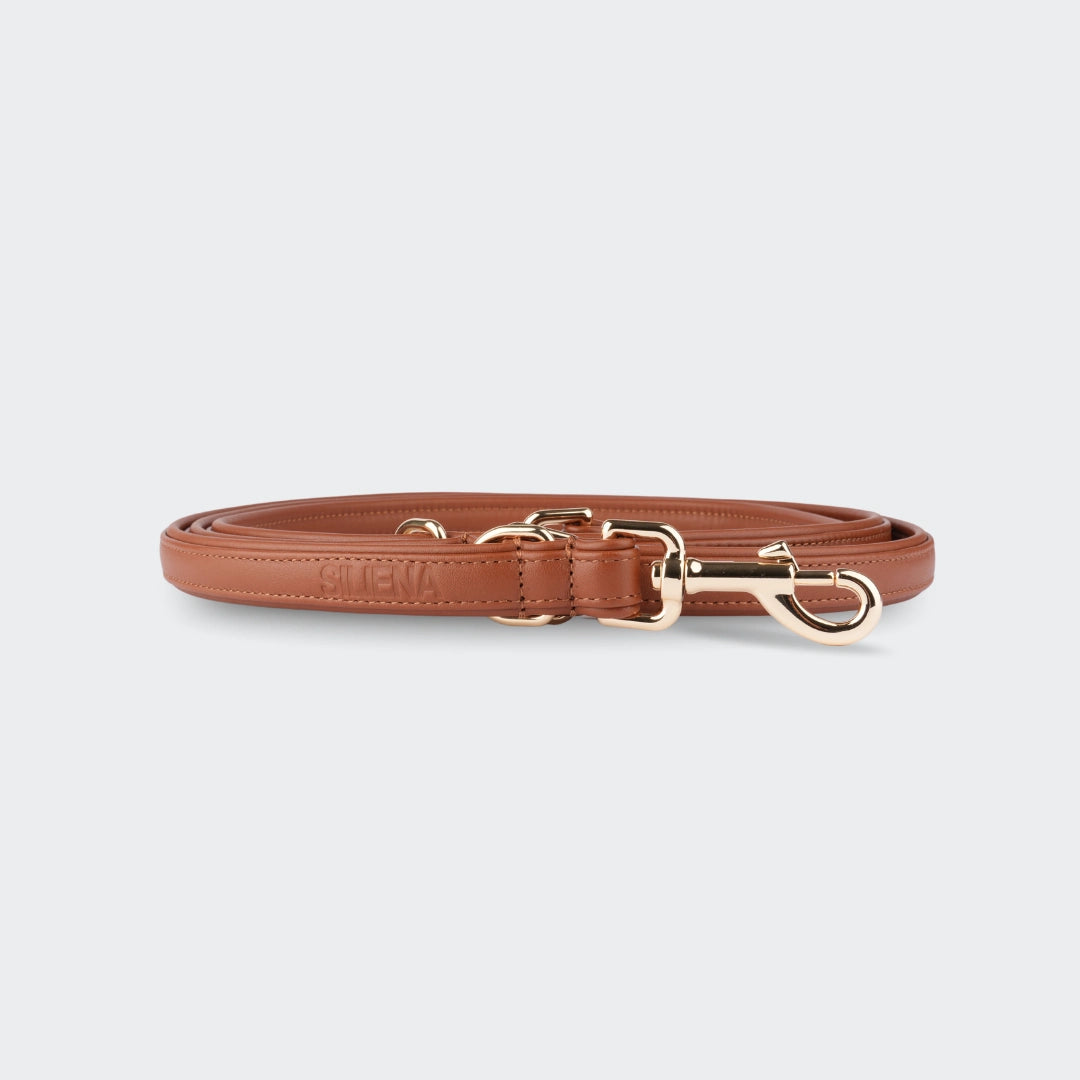
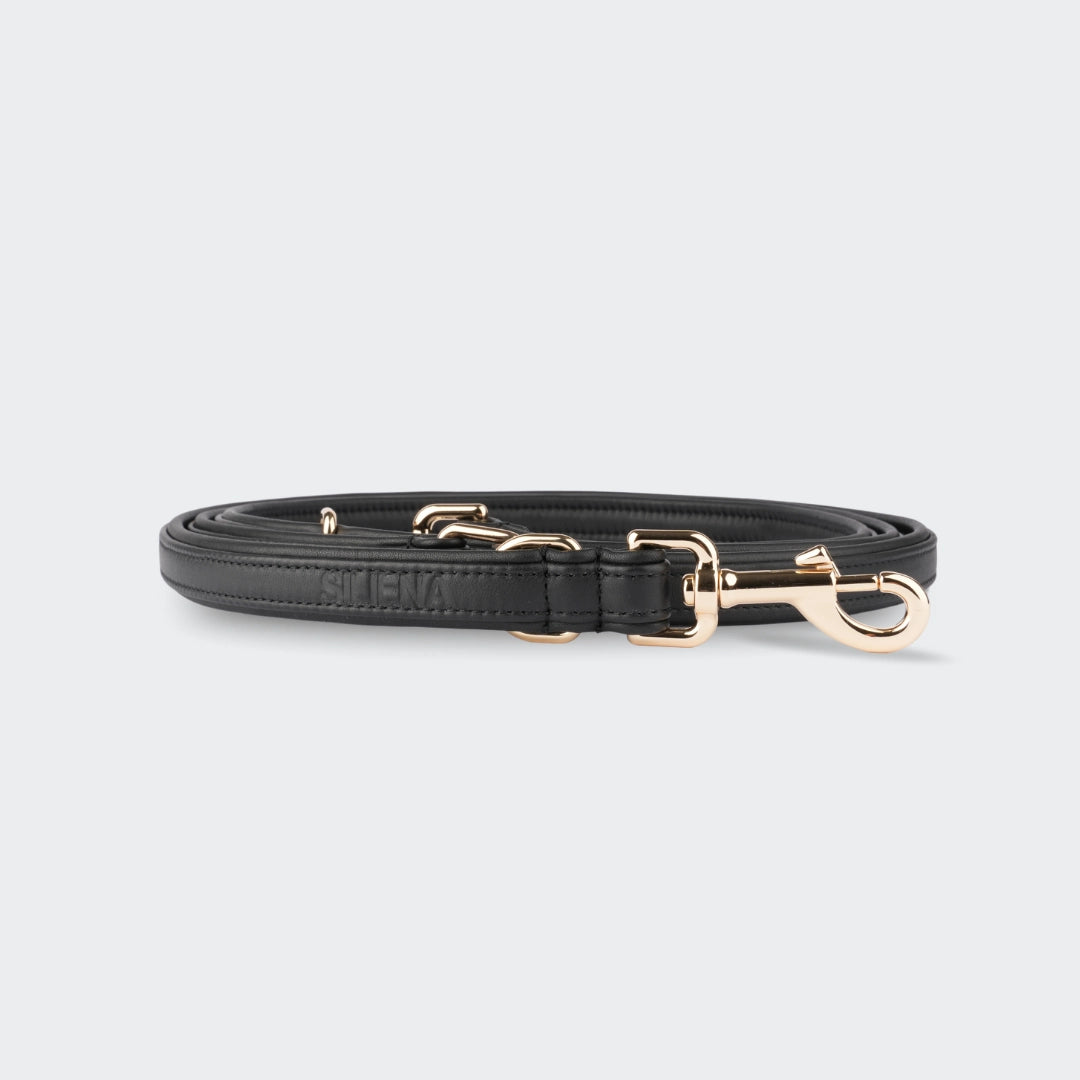
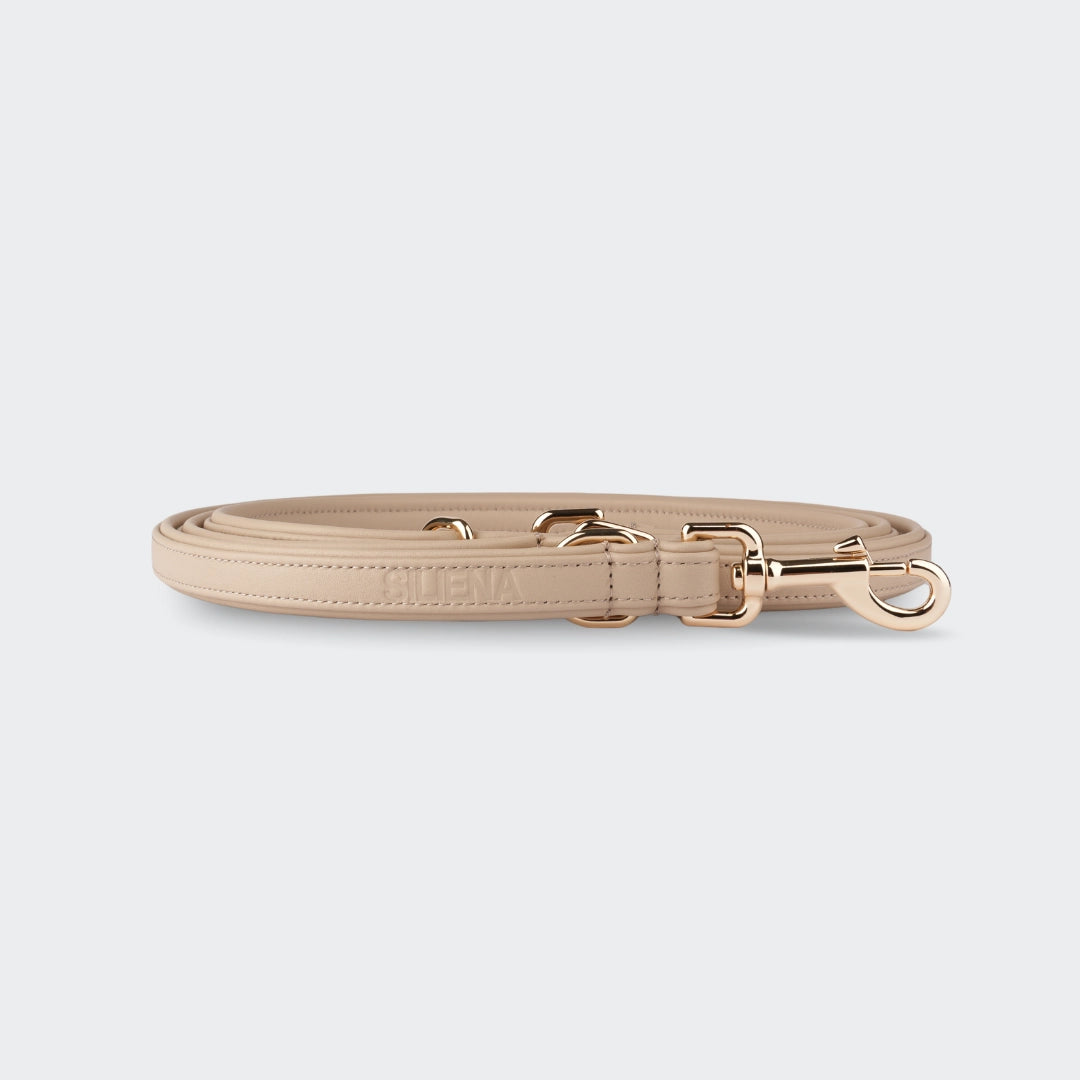
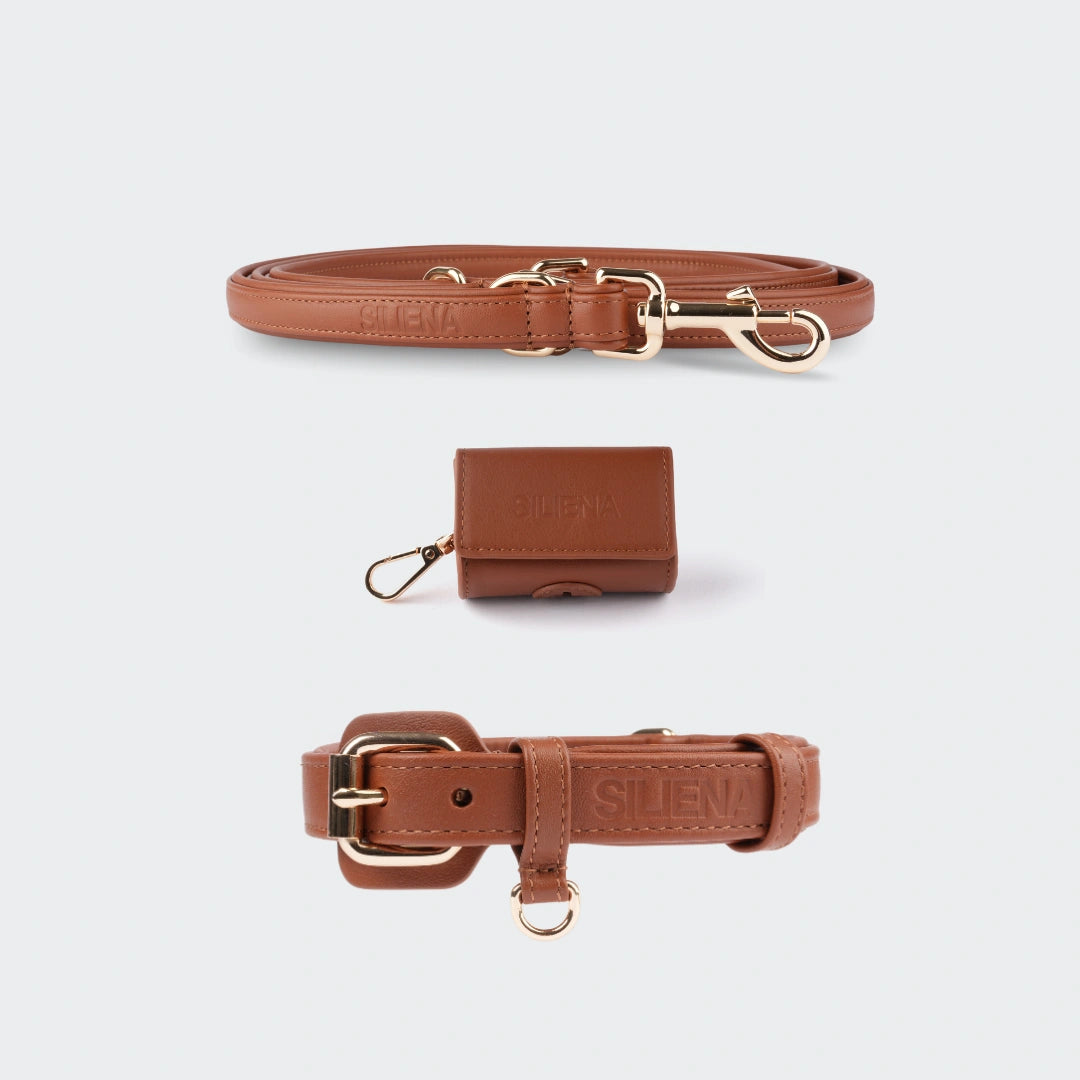
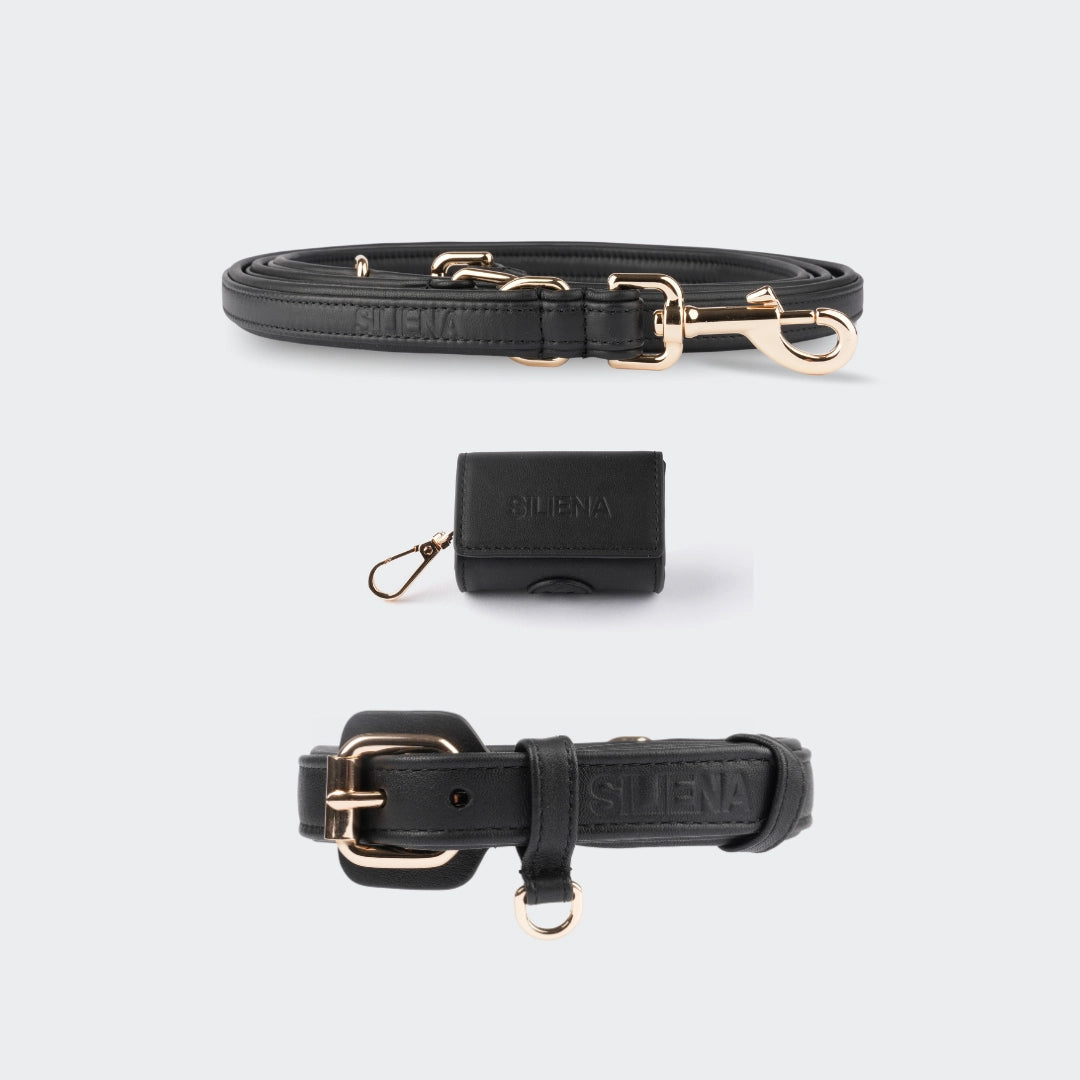
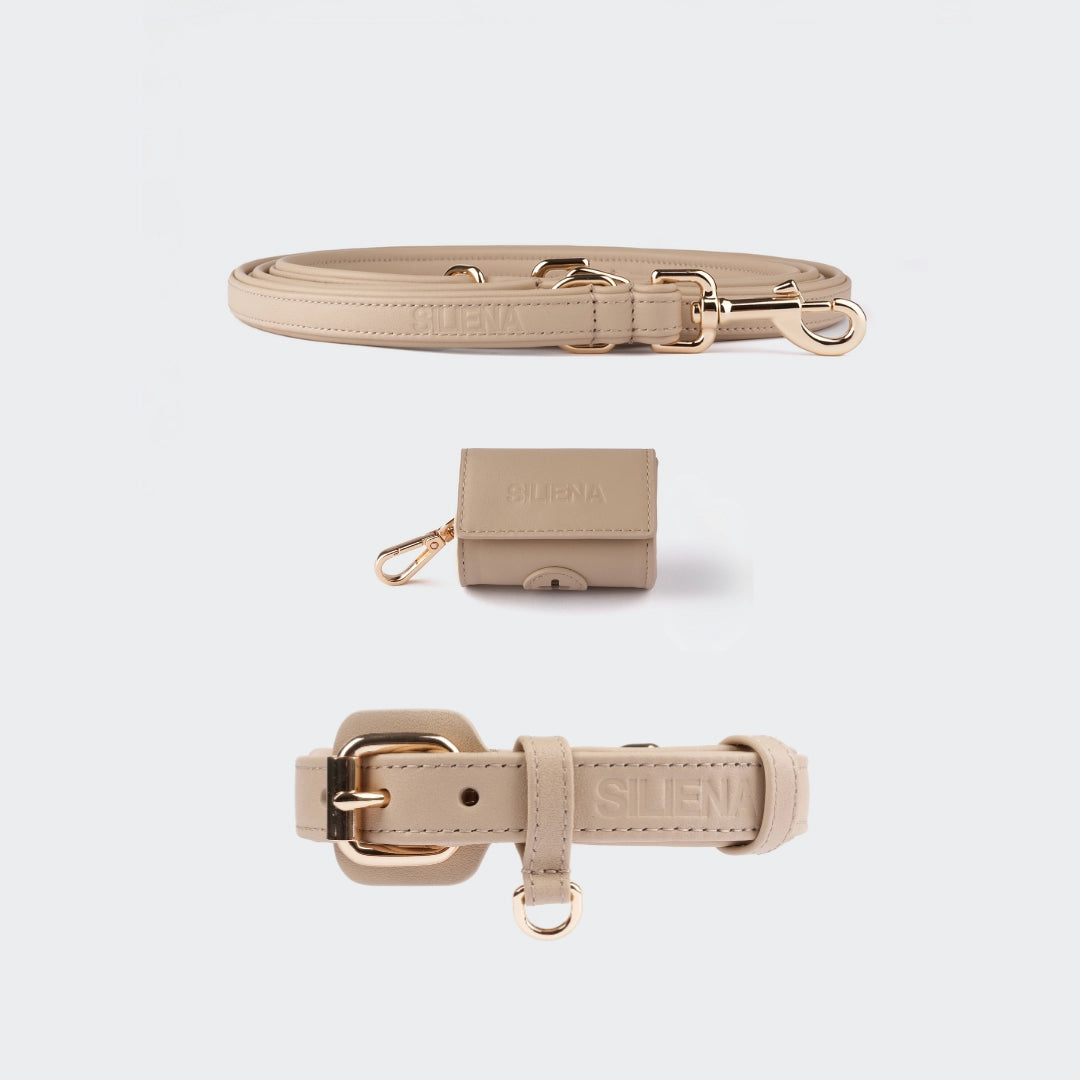
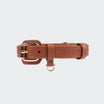
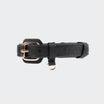
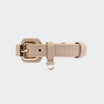
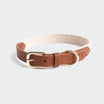
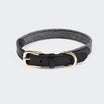
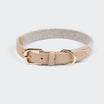
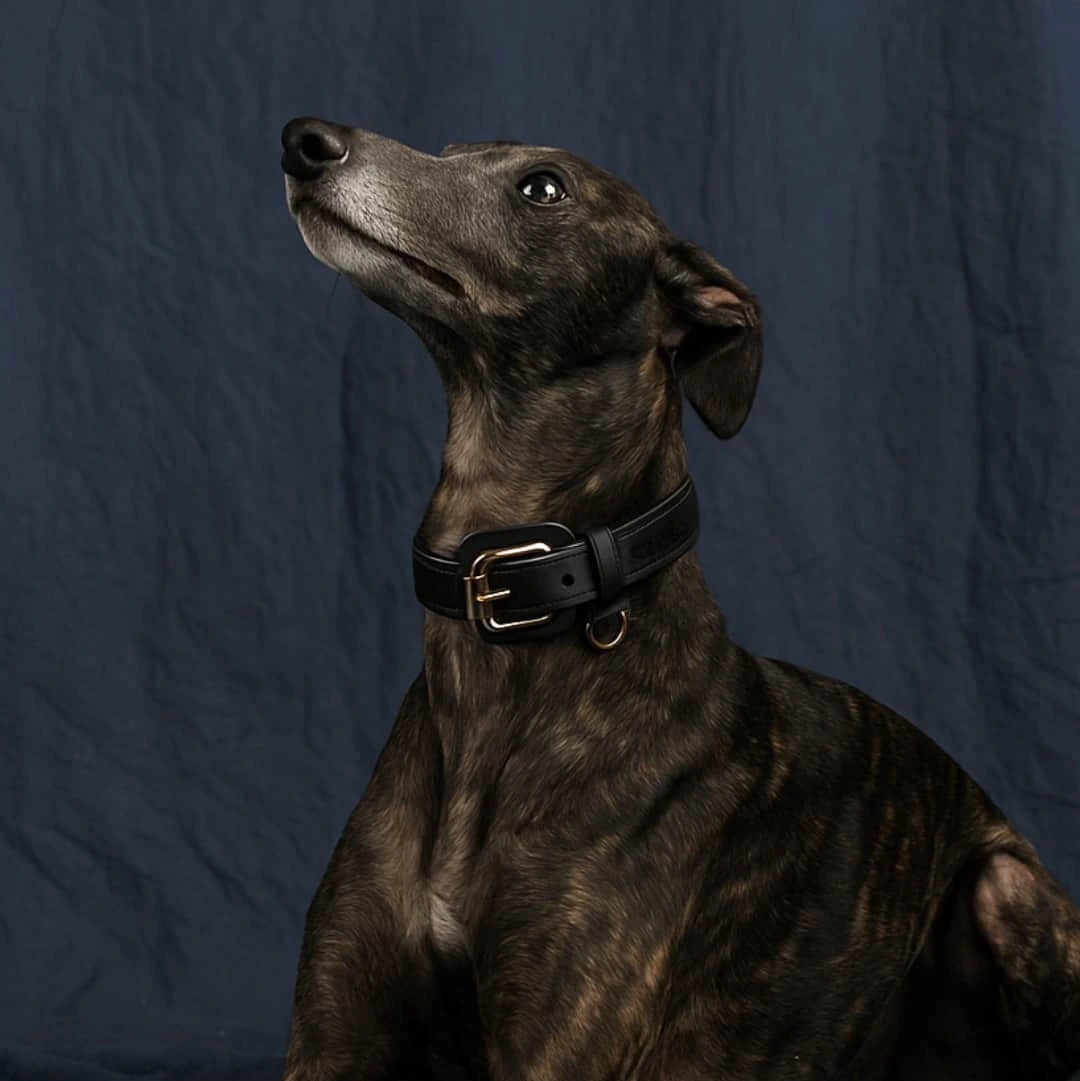
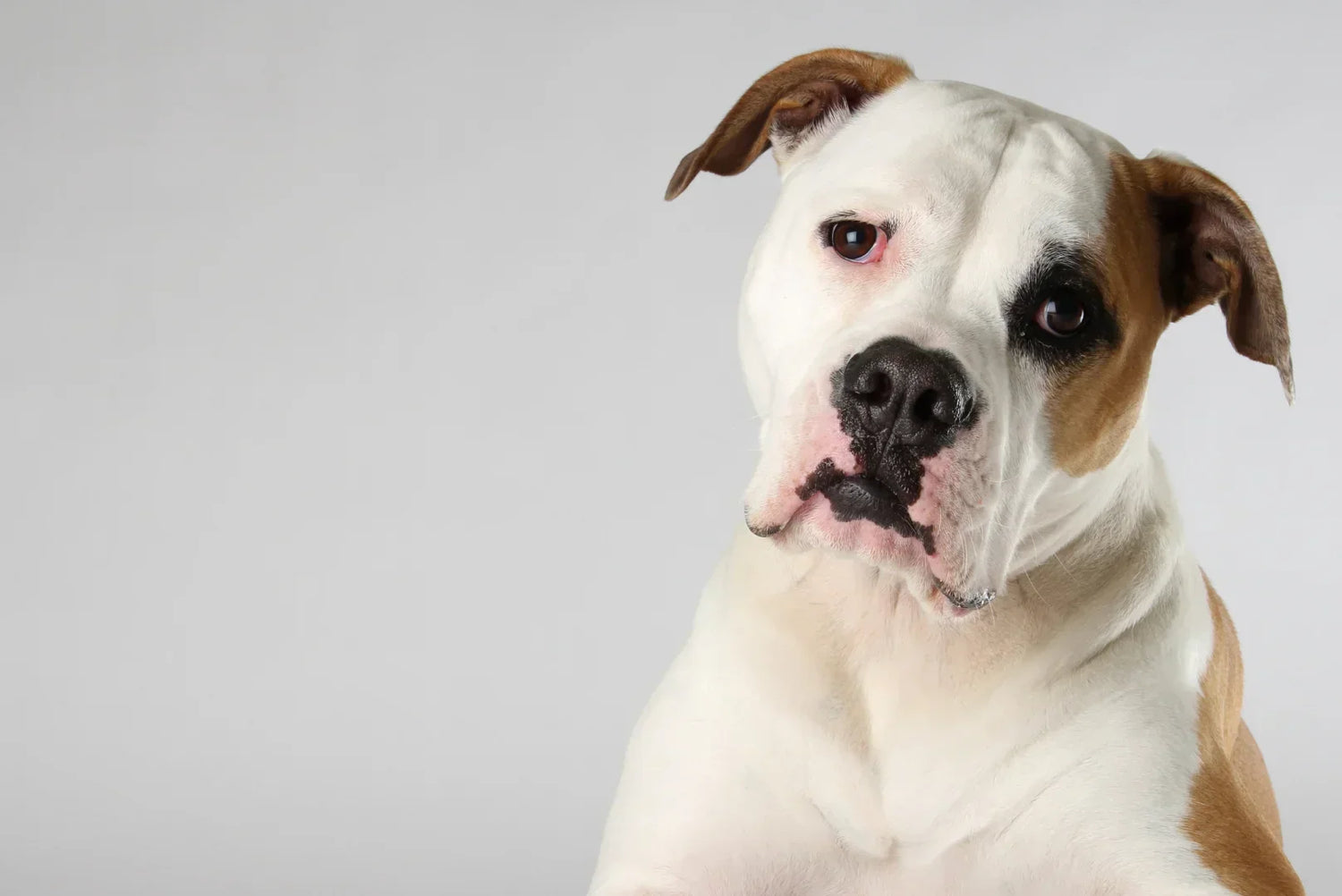
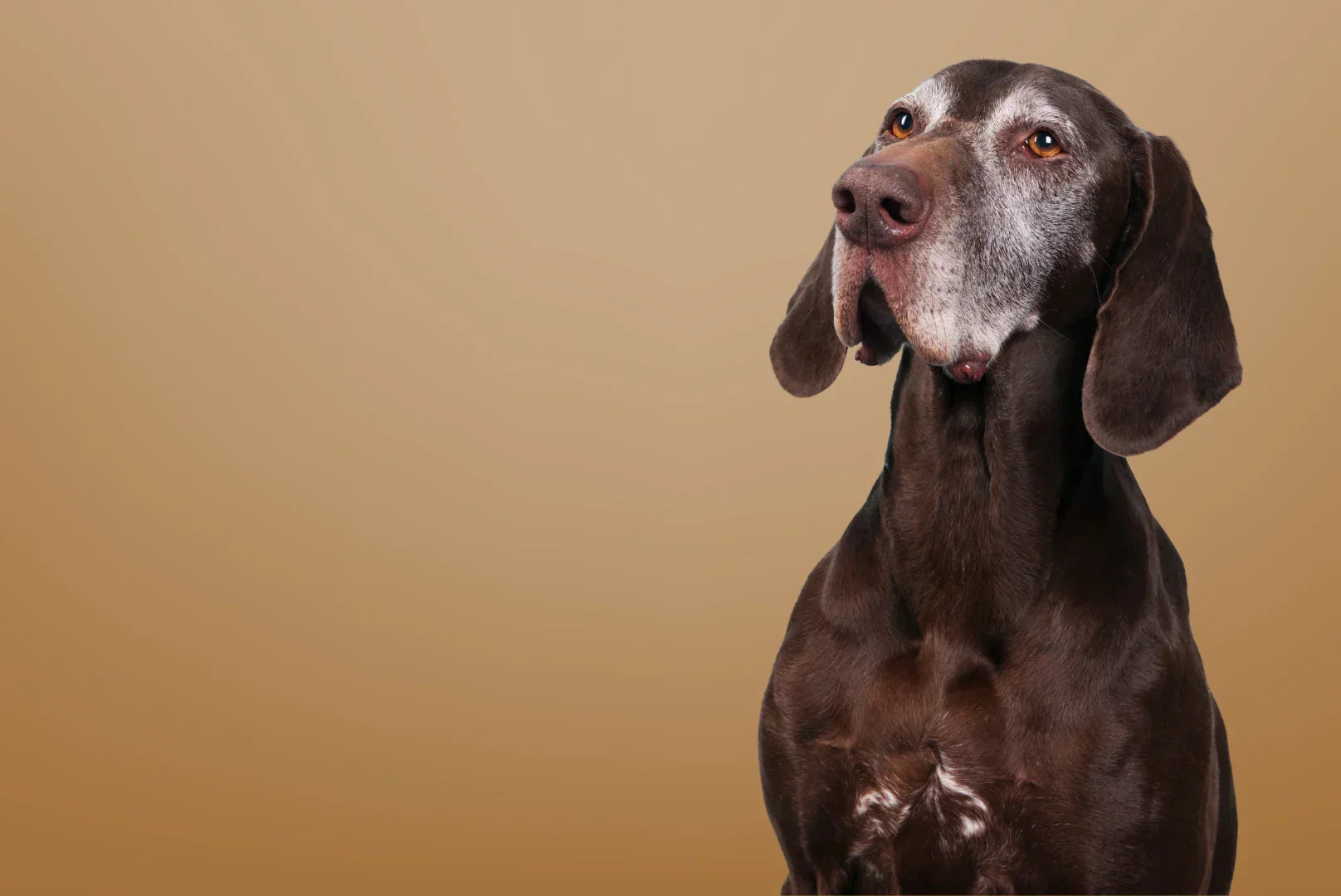
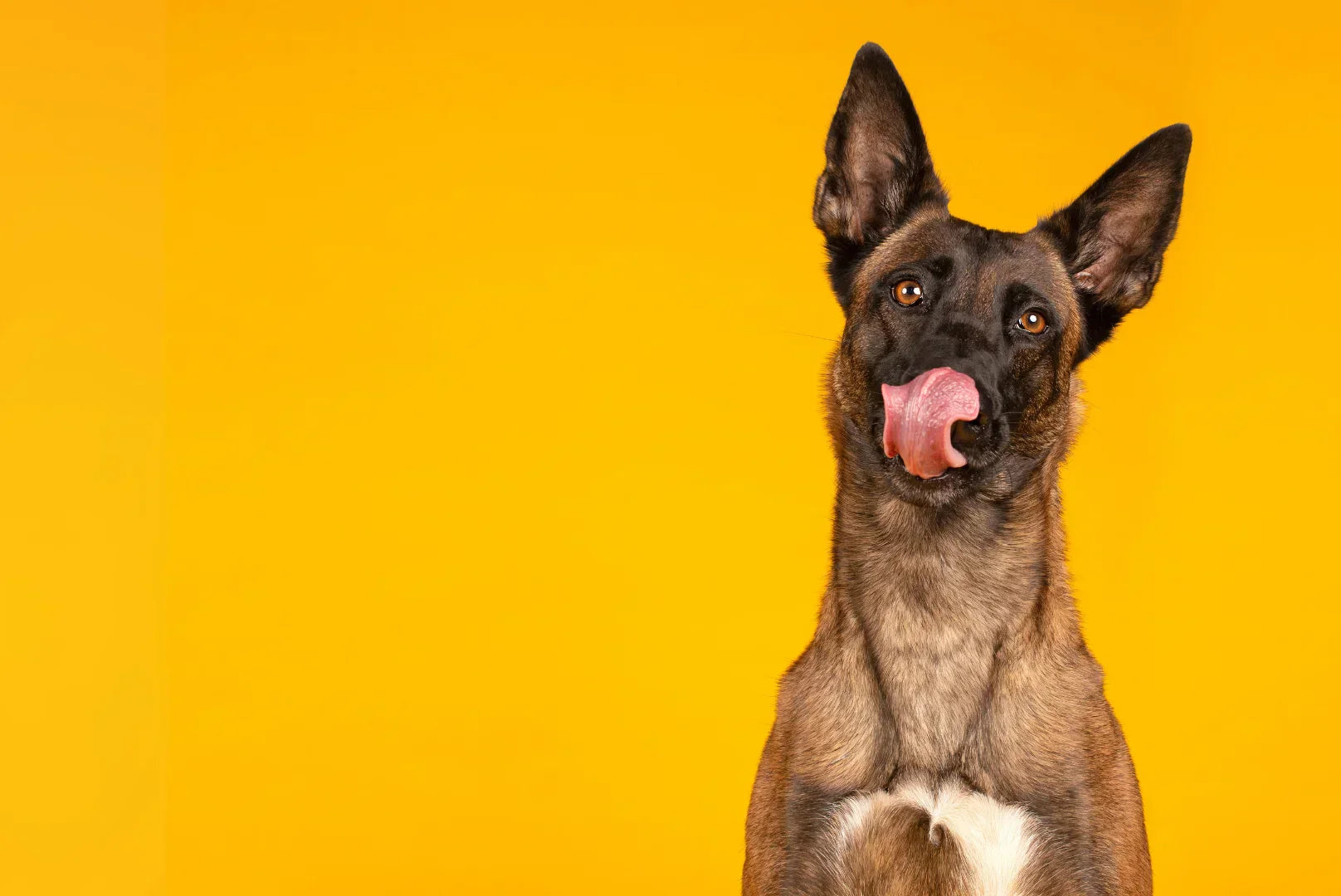
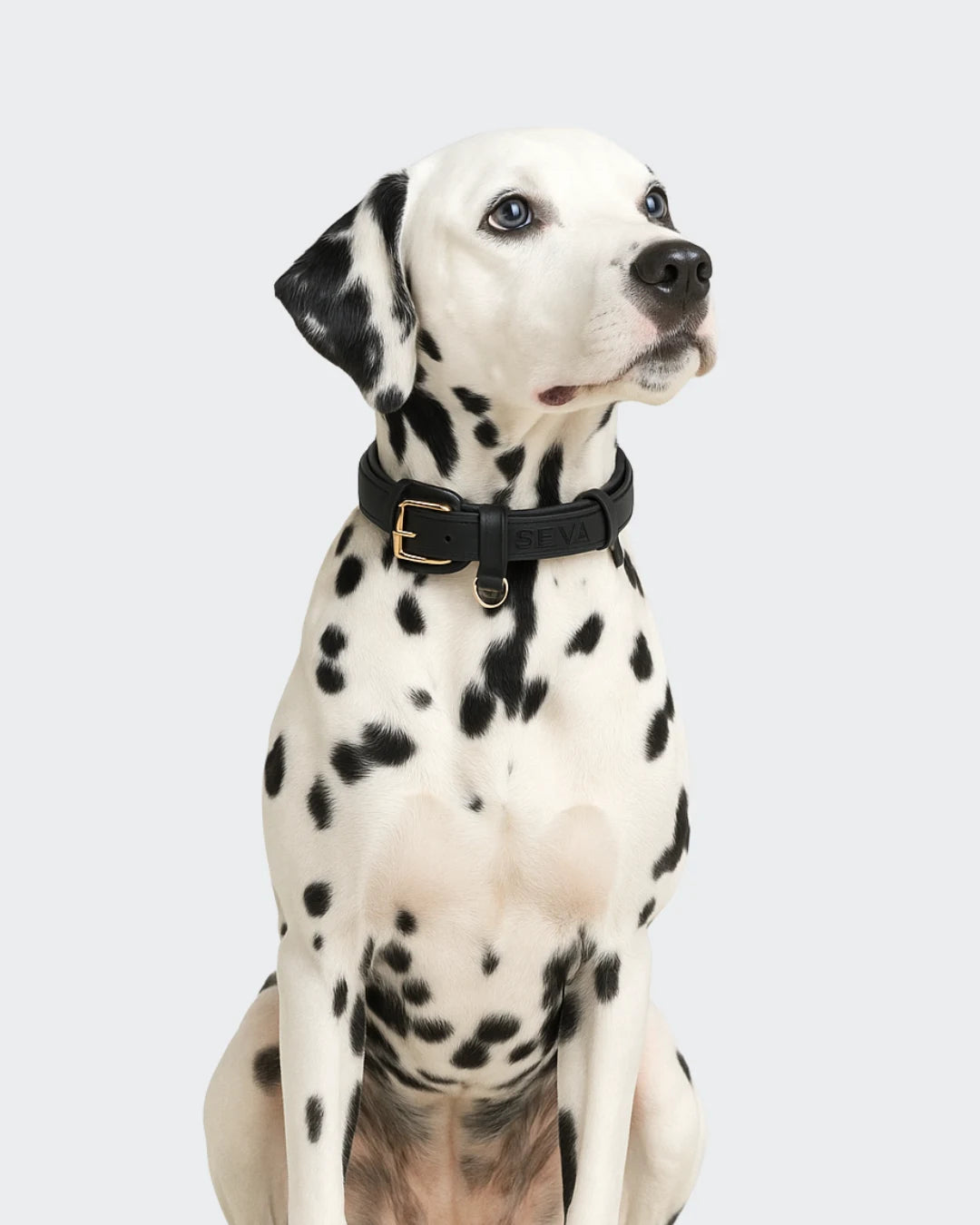
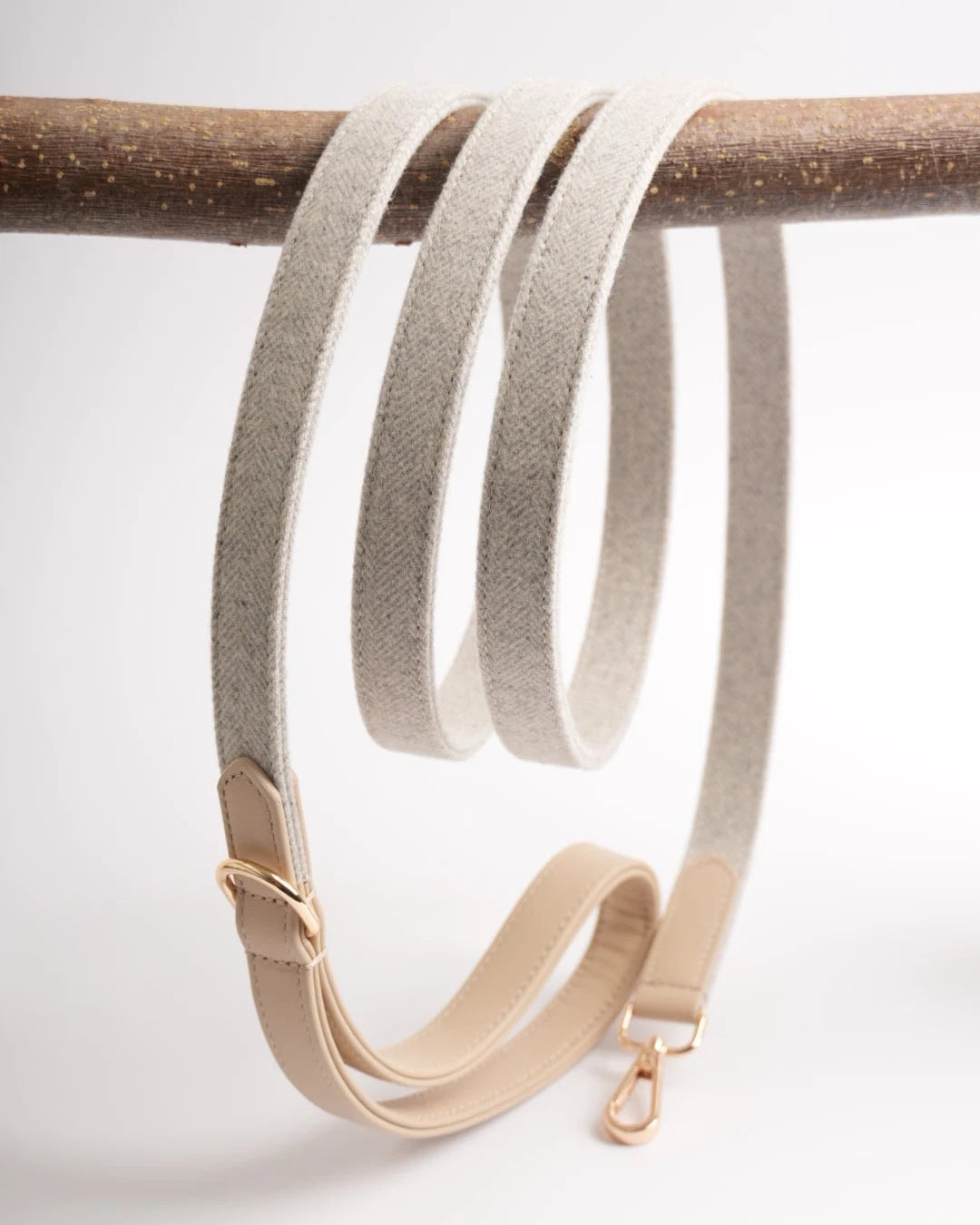
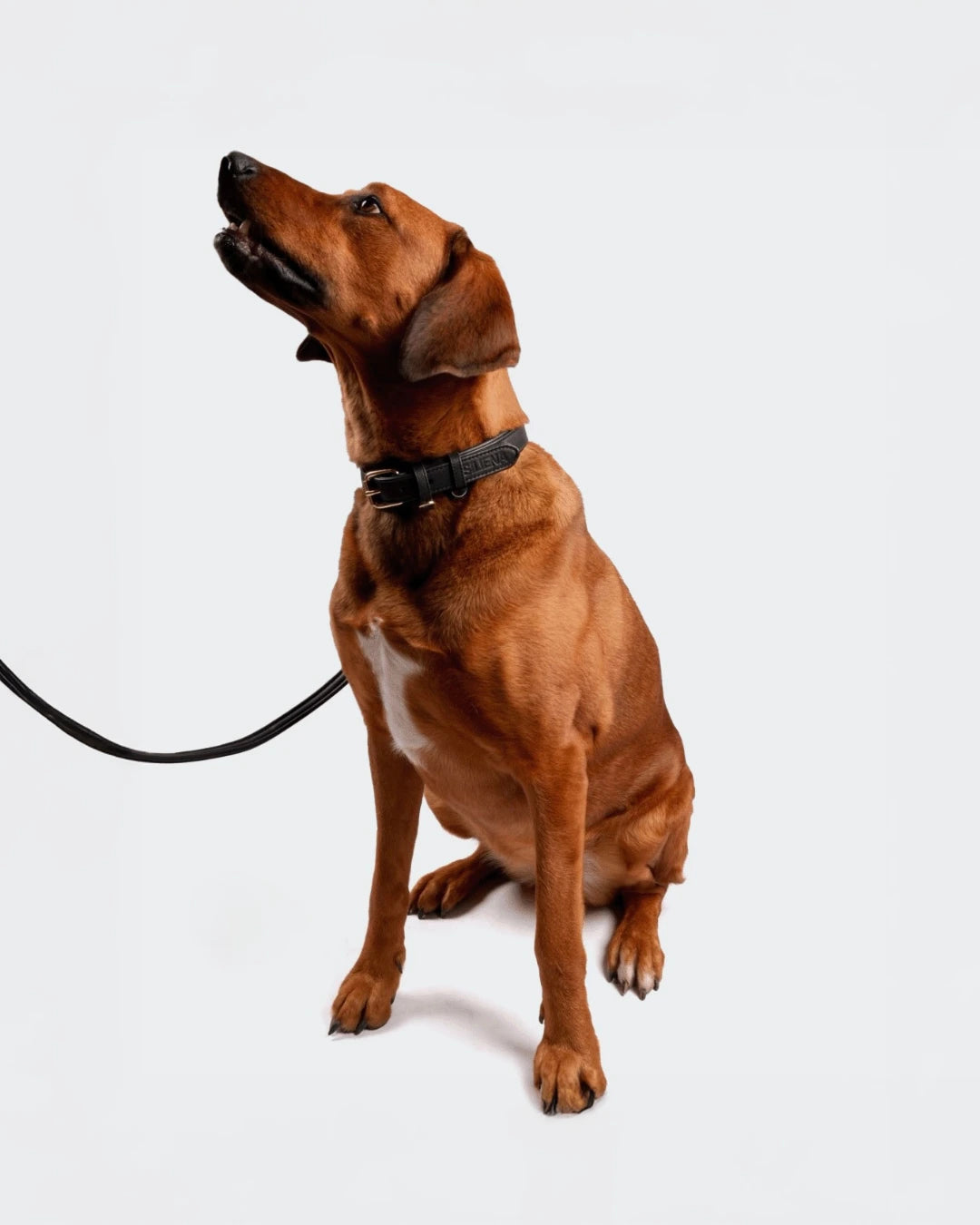
Leave a comment
This site is protected by hCaptcha and the hCaptcha Privacy Policy and Terms of Service apply.